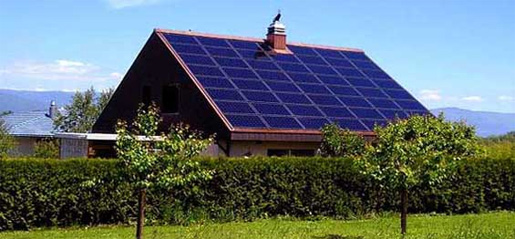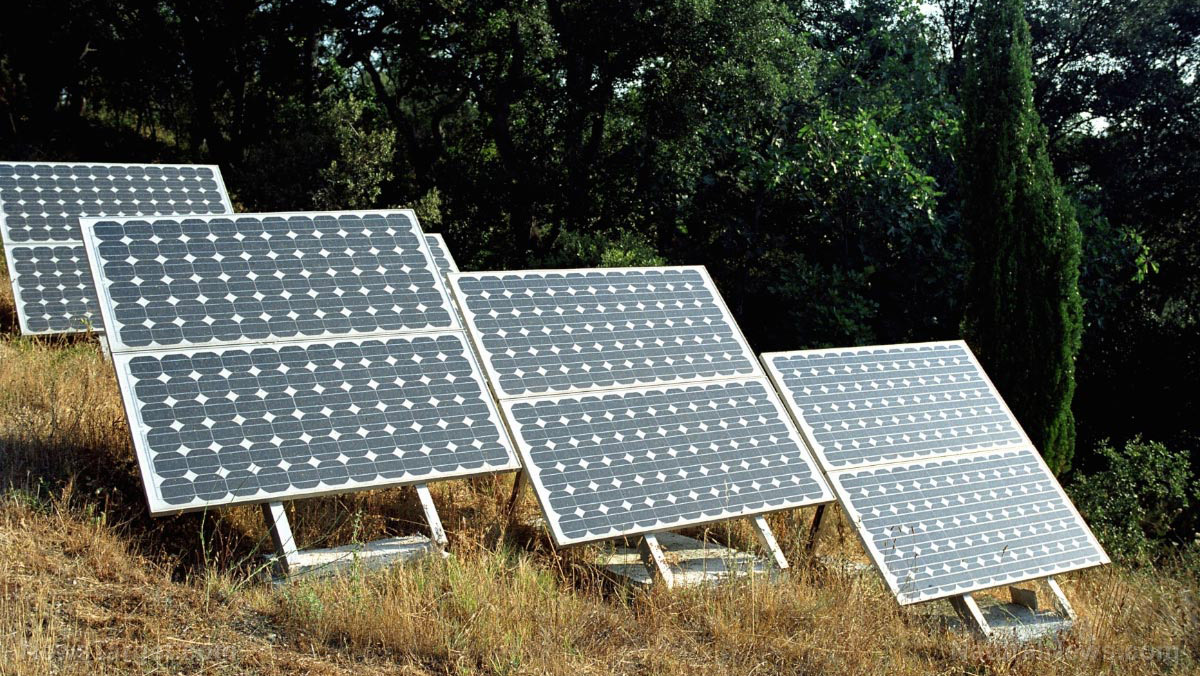Triboelectricity: Renewable, wireless energy source generates electricity from motion
10/12/2018 / By David Williams

Wireless energy transfer has been around as a concept for quite a long time now. But it has never really been implemented in a practical sense. Now a team of researchers from Clemson University has developed a fully working wireless energy source that is capable of generating electricity from simple motions such as waves, taps, and claps.
The method devised by the researchers produces something called triboelectricity, which is described simply as a green energy produced by friction. The new research is built on top of earlier work, specifically the invention of a so-called triboelectric generator, which the researchers referred to as U-TENG. This device was made out of a combination of plastic and tape which detects generated voltages resulting from clapping or by the tapping of feet.
According to a report on the study, which was published recently in the journal Advanced Energy Materials, the researchers were somehow able to create a wireless version of their U-TENG device, which gave them more options as far as applications of the new technology are concerned. The researchers note that the new wireless device, which they call W-TENG, was engineered by using the same process as its non-wireless counterpart, only it used a different set of materials to achieve the same effects.
More specifically, the researchers said that the materials used in W-TENG are “so opposite in affinity for electrons” that they end up generating a voltage whenever they are brought into contact with each other. Instead of plastic, W-TENG uses a multipart fiber material made from graphene and a biodegradable polymer called poly-lactic acid (PLA). And as for the tape, it was replaced with Teflon, best known for its use in non-stick pots and pans.
According to Ramakrishna Podila, an assistant professor of physics at Clemson and a corresponding author of the study, the materials used were pretty much perfect for their purposes. “We use Teflon because it has a lot of fluorine groups that are highly electronegative, whereas the graphene-PLA is highly electropositive,” he said. “That’s a good way to juxtapose and create high voltages.”
Based on tests conducted by the research, their new device was able to generate a max voltage of 3,000 volts. This is said to be enough to power 25 standard electrical outlets, or perhaps even a liquid crystal display (LCD).
Due to the high electrical voltage that it can generate, the researchers said that the W-TENG ends up generating its own electrical field that can be sensed wirelessly. The electrical energy generated can then be stored wirelessly in batteries and capacitors.
Sai Sunil Mallineni, a Ph.D. student in physics and astronomy and the lead author in the study, said that the electrical field also offers a few other distinct uses. “It cannot only give you energy, but you can use the electric field also as an actuated remote,” he said. “For example, you can tap the W-TENG and use its electric field as a ‘button’ to open your garage door, or you could activate a security system — all without a battery, passively and wirelessly.”
Although the researchers were able to create a working proof-of-concept device with the described materials and methods, they are currently looking for ways to improve their design. Their use of Teflon may have been effective, but they said that they are looking for a more environmentally friendly material that is also electronegative. They are considering MXene, a two-dimensional inorganic compound that might just be perfect for their uses.
As soon as the researchers feel comfortable with their revised materials and methods, they say they will look into potential wireless applications for W-TENG, including possible philanthropic uses.
Discover more innovation in wireless energy at Power.news.
Sources include:
Tagged Under: breakthrough, discoveries, energy, green energy, green living, innovation, power, science and technology, triboelectric generator, triboelectricity, U-TENG, W-TENG, wireless energy, wireless power



















